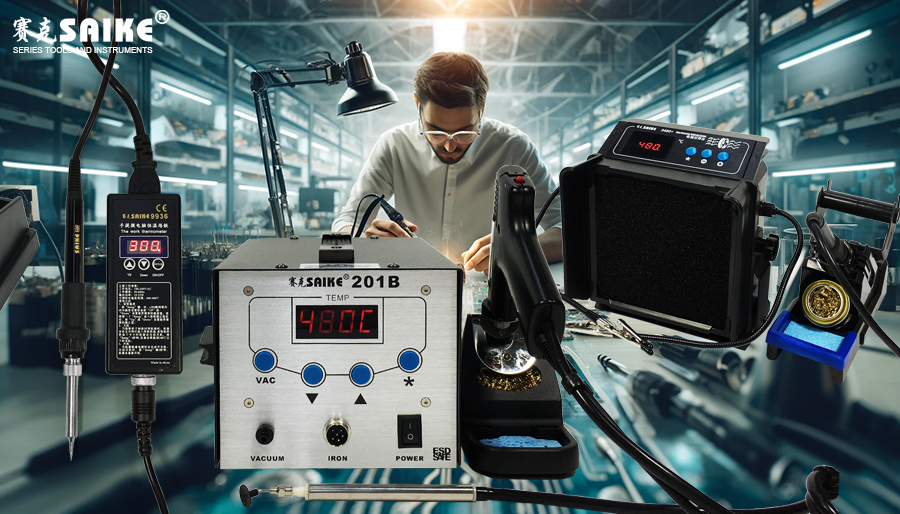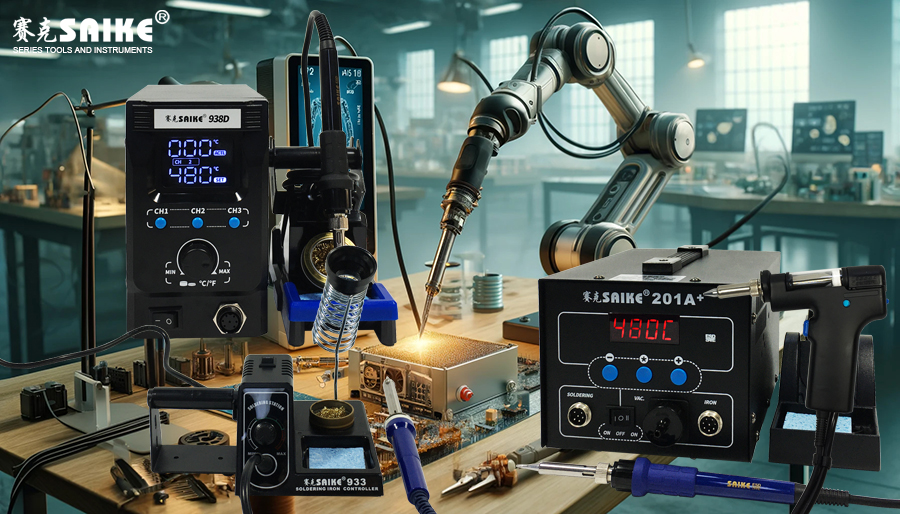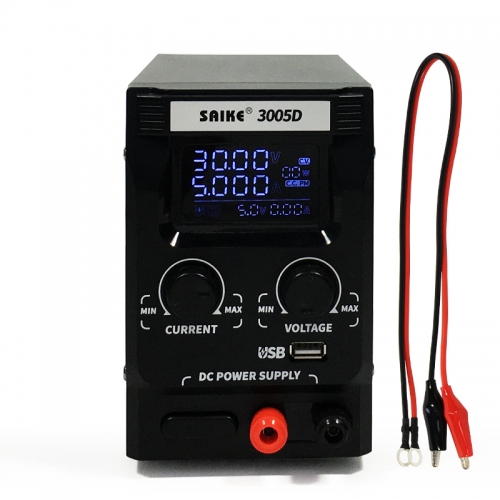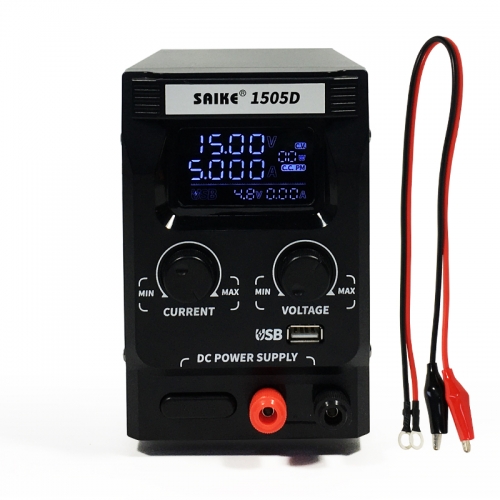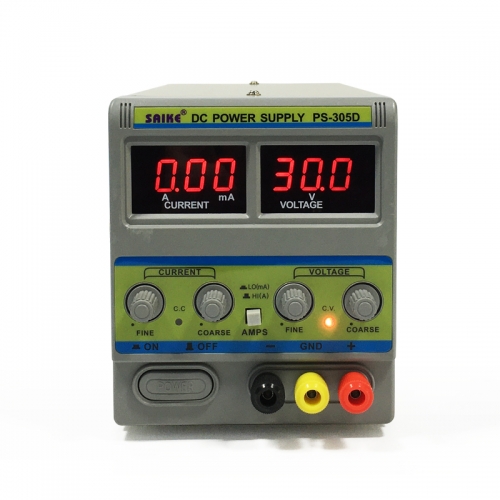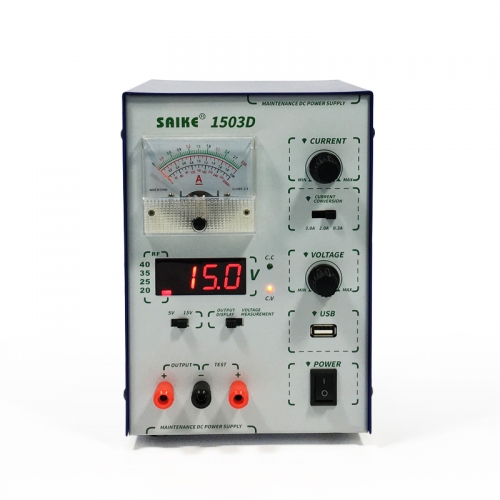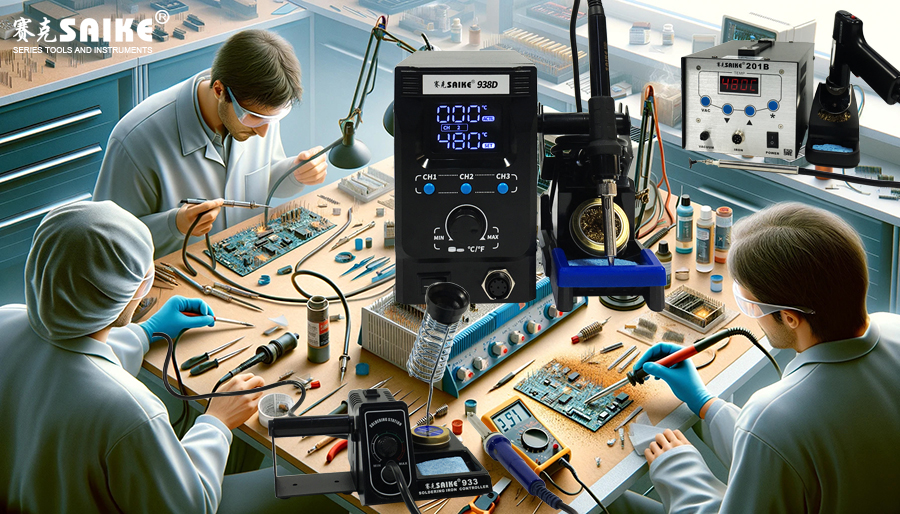
Soldering with an electric soldering iron is an important skill in the electronics field, whether it’s for repairing or manufacturing electronic devices, skilled soldering techniques are essential. However, successful soldering depends not only on the soldering process itself but also on the preparation before soldering. The following will detail the various preparations that need to be made before soldering with an electric soldering iron.
I. Inspection and Preparation of the Electric Soldering Iron:
- Check the status of the soldering iron:
-
- Verify that the soldering iron is intact, without cracks or obvious physical damage.
- Inspect the power cord for aging or damage to ensure safe use.
- Choose the Right Soldering Iron Tip:
-
- Select a soldering iron tip of suitable shape and size according to the soldering job requirements.
- Make sure the soldering tip is clean and oxide-free to ensure good heat conduction.
- Preheat the soldering iron:
-
- Preheat the soldering iron to the appropriate working temperature in advance according to the soldering requirements.
II. Prepare Soldering Materials:
- Select soldering tin:
-
- Choose a suitable type of soldering tin (leaded or lead-free) based on the soldering object and requirements.
- Confirm the diameter and type of soldering tin for precision or large-area soldering.
- Prepare flux:
-
- Select suitable flux, such as rosin or activated flux, to improve soldering quality.
- Clean and prepare the soldering surface:
-
- Remove oxides, dirt, or paint from the soldering surface to ensure soldering quality.
- If necessary, use sandpaper or specialized cleaners to treat the soldering surface.
III. Set Up the Soldering Environment:
- Choose a safe working environment:
-
- Ensure the work area is dry, ventilated, and away from flammable items.
- Clear the workbench and remove items unrelated to soldering to avoid accidental contact.
- Prepare auxiliary tools:
-
- Arrange soldering stands or clamps to stabilize the soldering parts and prevent them from moving.
- Prepare necessary measurement and debugging tools such as multimeters and oscilloscopes.
- Take personal protective measures:
-
- Wear appropriate work clothes and avoid wearing flammable materials.
- Wear safety goggles to prevent splashes of soldering tin or flux from injuring your eyes.
- If necessary, wear heat-resistant gloves to protect your hands from burns.
IV. Familiarize Yourself with the Soldering Plan and Steps:
- Understand the soldering object:
-
- Carefully read the relevant circuit diagram or assembly drawing to understand the location of the soldering points and the connection method.
- Identify the components that need to be soldered and confirm their polarity and direction.
- Formulate a soldering plan:
-
- Develop a reasonable soldering sequence based on the complexity of the soldering and the sensitivity of the components.
- Consider possible thermal effects to avoid damage to surrounding components.
- Prepare contingency measures:
-
- Understand and prepare for possible soldering issues such as cold solder joints or short circuits.
- Prepare necessary repair tools and materials to respond to unexpected situations.
Through these meticulous and comprehensive preparations, the success rate and safety of soldering can be greatly improved. Before soldering with an electric soldering iron, ensure that every preparatory step is in place, laying a solid foundation for the subsequent soldering process.

